Great value, versatile and durable fabric.
Our polycotton twill is a great value and versatile fabric that can be used for a wide range of soft furnishing, clothing and craft projects.
As a polycotton blend, this is a great value fabric which makes it ideal for customers producing items for resale.
The print face is polyester and printed using dye sublimation. This provides excellent colour reproduction and wash fastness. The backing is cotton which makes it incredibly soft to the touch.
Please note the cotton fibres in the fabric do not get dyed during this process, as this fabric is printed using dye sublimation. This can leave the fabric with a slightly mottled appearance in dark coloured areas when compared to a higher single fibre content fabric.
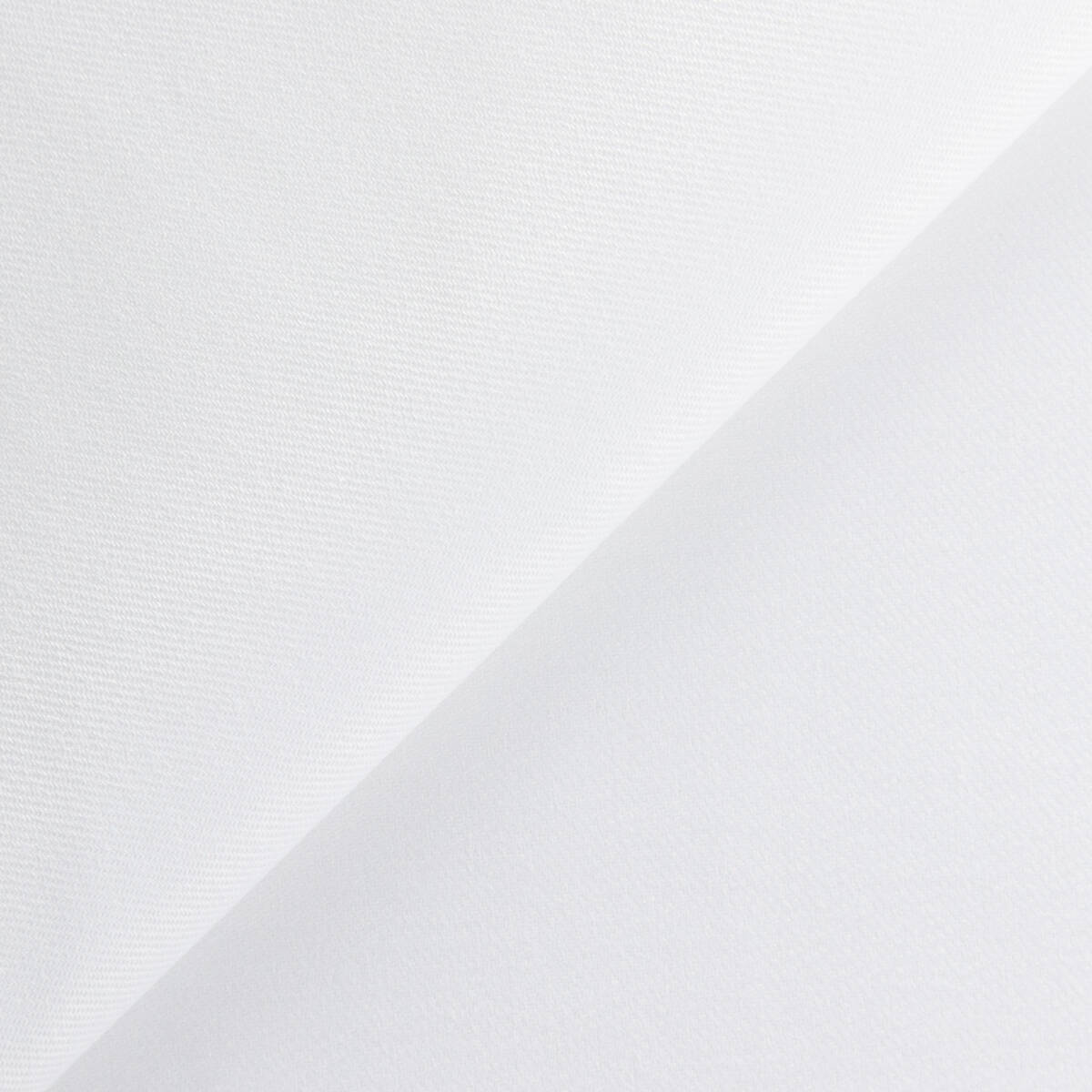
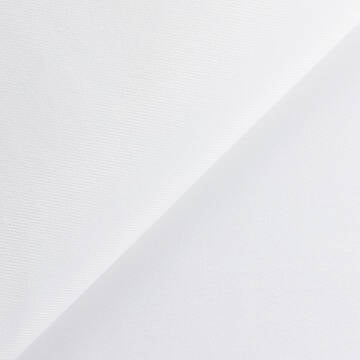
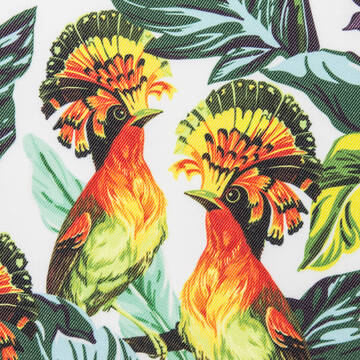
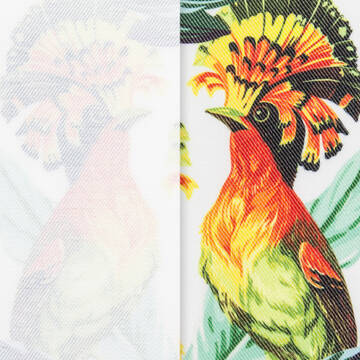
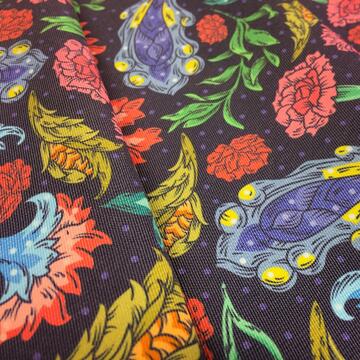
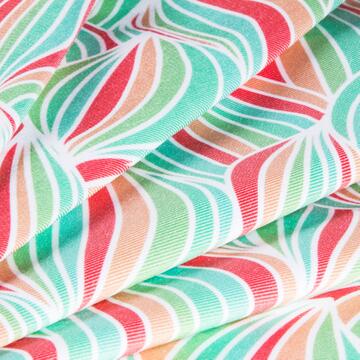
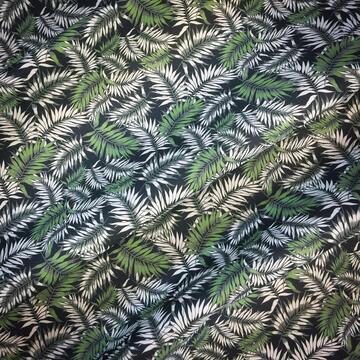
